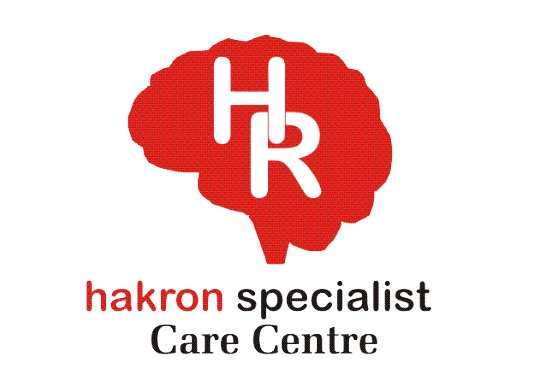Preventing Depression: 7 Proven Hopeful Steps to Restore Wellbeing
Preventing Depression starts with clear action. Early steps reduce suffering, lower future treatment needs, and support recovery. This short guide offers seven evidence-based, clinical, relational steps you can apply in practice or use personally. The guidance stresses measurable actions, cultural fit, and simple measurements.
The Evidence-Base for Preventing Depression
Public health bodies and clinical reviews show that prevention programs reduce depressive symptoms and lower incidence when targeted and well-delivered (see WHO fact sheet on depression). Communities and schools gain benefit from structured prevention activities. Clinicians should treat prevention as a routine part of care planning.
Physical activity lowers the risk of developing depressive symptoms. Trials and meta-analyses report consistent mood benefits from walking, aerobic activity, strength training, and regular movement. Encourage any increase in activity; even small changes help.
Psychological interventions—brief, targeted programs for people with subthreshold symptoms—also prevent later depression. Interventions that teach problem-solving, behavioural activation, and cognitive skills reduce onset when delivered early. Clinicians should integrate indicated prevention where resources permit. Strong social connection protects mood. Programs that reduce isolation and build support networks lower risk and improve outcomes. Design services to strengthen relationships and community ties.
#1. Screen routinely and act quickly
Screen adults and high-risk groups for depression at regular contacts. Use brief validated tools and document scores. When screening identifies risk, arrange a clear next step: brief intervention, referral, or safety planning. Screening lets teams move from waiting to active prevention.
#2. Regular Physical Activities
Recommend regular physical activity tailored to ability and context. Start with walking, gentle aerobic sessions, or short home routines. Set small, measurable goals—frequency and minutes—and review progress. Movement improves sleep, energy, and mood; it also complements psychological care.
#3. Psychological Intervention
Offer low-intensity, evidence-based programs for people with subthreshold symptoms. Use problem-solving therapy, behavioural activation, or structured self-help with guided support. Keep sessions short and focused; track symptom changes at 4–12 weeks. These interventions reduce progression to full depressive episodes.
#4. Social Connection and Support
Identify isolation as a modifiable risk. Create peer-support groups, community activities, and buddy systems. Partner with local organizations to increase access to safe, regular social contact. Teach families and caregivers simple ways to offer nonjudgmental practical help and emotional presence.
#5. Reduce Known Upstream Risks
Address adverse childhood experiences, chronic stressors, unemployment, and housing instability through cross-sector partnerships. Advocate for policies and programs that reduce these drivers. When systems remove stressors, prevention gains scale and sustain. Use data to prioritize high-impact changes.
#6. Use Stepped Care and Low-Threshold Access
Match intervention intensity to need. Begin with low-intensity options—guided self-help, peer support, exercise prescriptions—and escalate to specialist care for persistent or worsening symptoms. Offer flexible access: telehealth, walk-in clinics, extended hours. Lowering barriers increases uptake and prevents escalation.
#7. Monitor, Learn, and Adapt
Monitor a short set of indicators: screening coverage, referral completion, engagement in prevention programs, and short-term symptom change. Use simple dashboards and short feedback loops. When outcomes drop, ask service users and adjust delivery quickly. Continuous learning keeps programs relevant and effective
Practical Steps for Clinicians
Messaging, stigma reduction, and equity
Frame prevention messages around practical gains: better sleep, more energy, stronger relationships. Use local, trusted voices to deliver messages. Tailor materials by language and culture. Prioritize reach to underserved groups—low-income communities, migrants, and older adults—and adapt delivery to their needs.
When to consider medication or specialist care
Medication and specialist psychotherapy remain essential for many people. Use prevention to reduce new cases and lessen symptom severity. Refer promptly when symptoms meet diagnostic thresholds, when suicide risk appears, or when simple measures fail. Coordinate care and follow-up to avoid drop-off.
Conclusion
Preventing Depression requires deliberate, measurable actions. Screen routinely, increase activity, deliver brief psychological support, strengthen social ties, reduce upstream risks, use stepped care, and learn from outcomes. Keep plans short, relational, and culturally relevant. These steps reduce risk and help people maintain or regain wellbeing.


